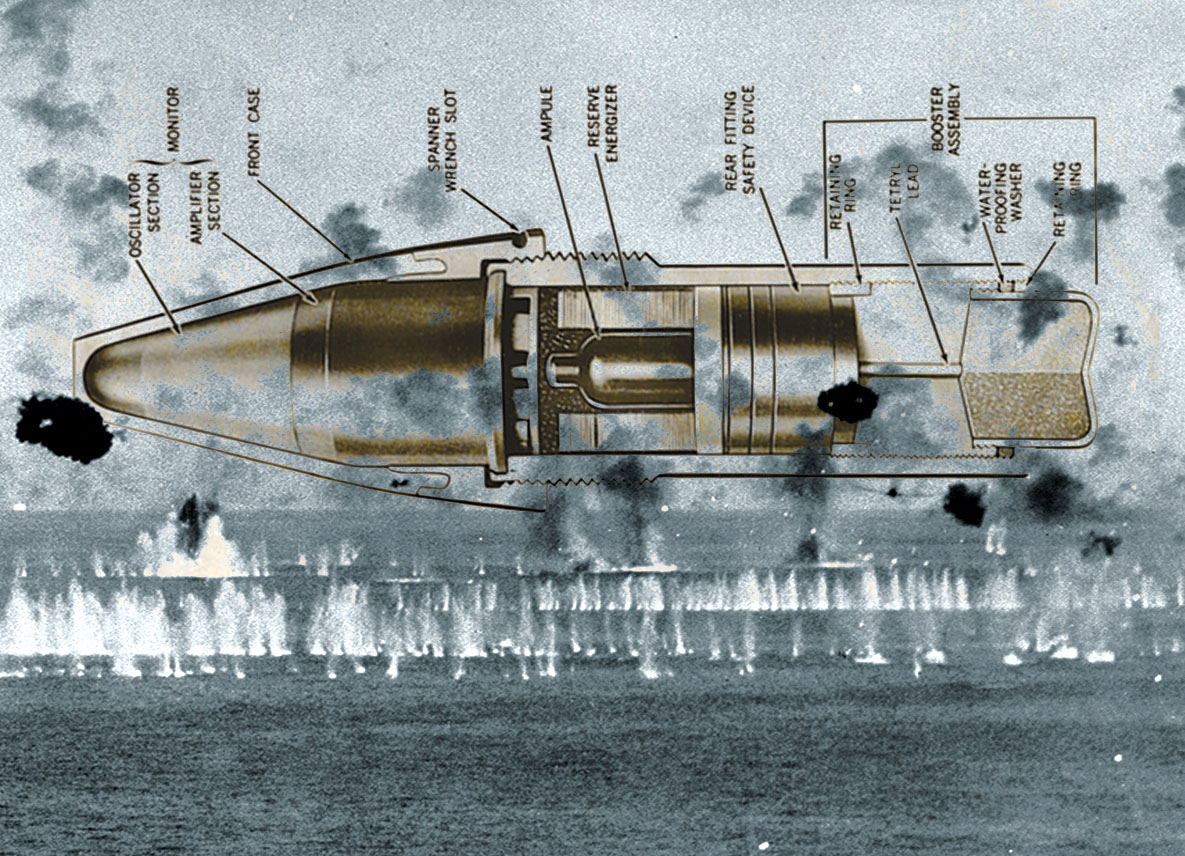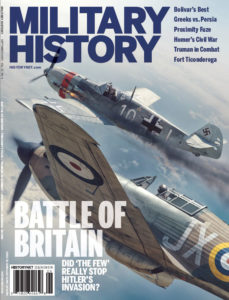On the morning of Jan. 5, 1943, four Japanese Aichi D3A dive bombers surprised a U.S. Navy task force operating off Guadalcanal. Though slow and obsolete, the D3A (Allied reporting name “Val”) remained a threat due to its accuracy and durability. One scored a hit on the attached New Zealand light cruiser Achilles before the group broke off its attack. Almost as an afterthought anti-aircraft (AA) gunners aboard the cruiser USS Helena unleashed a cursory barrage on the departing Vals.
Helena’s AA defenses comprised a dozen 5-inch guns plus short-range 20- and 40 mm guns. Two 5-inch salvos downed one of the Vals––without directly hitting it. Instead, at least one of the cruiser’s shells passed close enough to the dive bomber to detonate and fatally damage the aircraft with a blast of shrapnel.
Though it received no public attention at the time, the engagement marked a transformative moment in the history of artillery and aerial warfare—the first time an enemy aircraft was deliberately brought down by a near-miss.
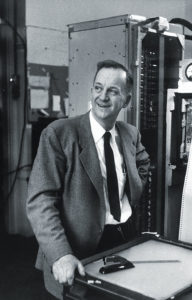
Helena’s 5-inch guns were the first to fire a revolutionary type of projectile in action. The shells incorporated a proximity fuze, or, as it was then deceptively named, a variable time (VT) fuze. The combat success by Helena’s gunners was the desired outcome of a years-long technological, industrial and military endeavor involving scores of researchers and more than 100 factories nationwide. By war’s end an army of workers had assembled and installed more than 22 million innovative fuzes of the type—each containing about 130 miniaturized electronic parts––at a cost of over $1 billion in 1940s dollars (roughly $15 billion today).
The combat effects of the fuzes, whether used in shells fired from AA guns or land-based artillery, were immediate, destructive and demoralizing to enemies. The program remained a closely held secret throughout the war, so Japanese and German recipients of such fire never realized why Allied artillery suddenly became so uncannily accurate and deadly.
World War I had proved an object lesson in the power and effectiveness of aerial warfare. Given such technological leaps, the concept of a proximity fuze was attractive—and deceptively simple. Germany sought to develop such a fuze for artillery and bombs in the early 1930s and persisted in its efforts through World War II, but ultimately concluded it was an impossible idea that would never be practical. Japan also worked to develop a fuze and actually achieved a workable version. But they fielded it too late in the war to be decisive and deployed it exactly once—in a dropped bomb.
British scientists started work on a proximity fuze in the late 1930s and solved enough of the inherent problems to test marginally effective prototypes. Their effort was stymied by cost overruns and the twin challenges of miniaturized components and adaptability for mass production. With the war on their doorstep, they shared their research and began cooperating with the ongoing American fuze project.
Founded in the summer of 1940, the U.S. National Defense Research Committee (NDRC) served as a link between the National Academy of Sciences and the Pentagon. Chairing the committee was eminent MIT-educated electrical engineer and inventor Vannevar Bush, who had proposed formation of the NDRC to Franklin D. Roosevelt. The president reportedly approved the concept within minutes.
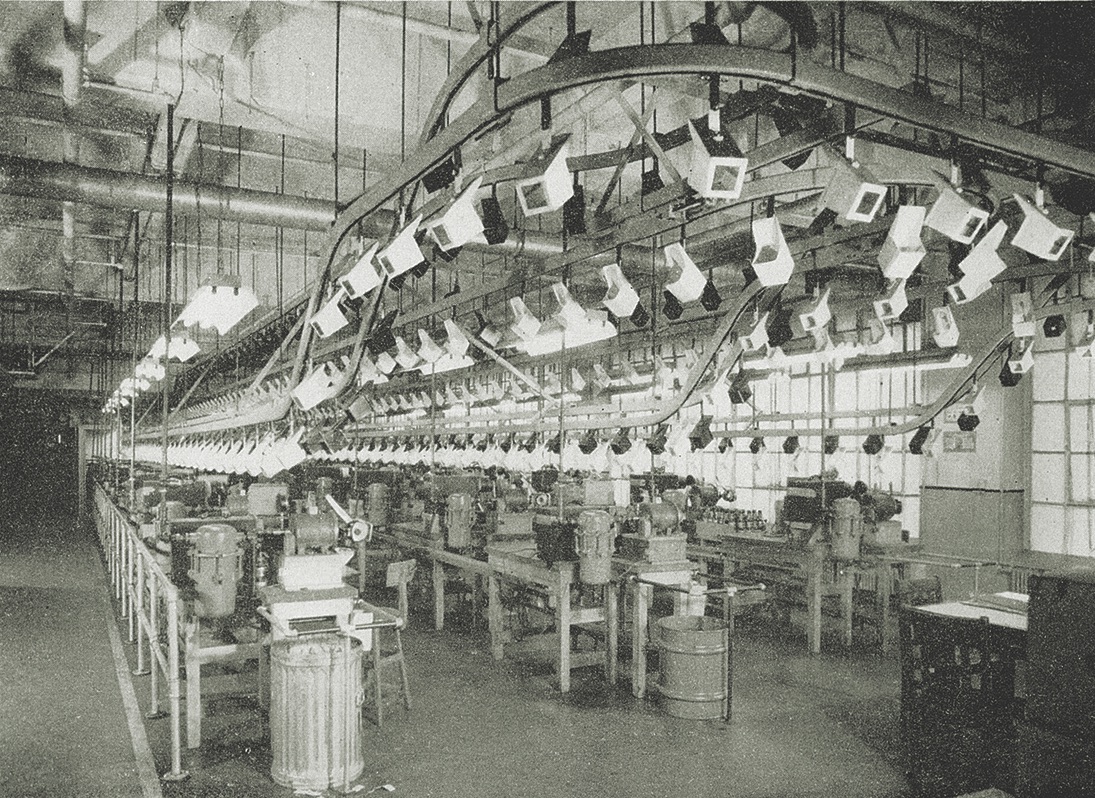
To solve the branches’ myriad military problems, the NDRC turned to various specialized sections. Section T was tasked with creating a workable proximity fuze for large-caliber artillery. Fortunately, in August 1940 the section came under the able direction of Merle Tuve, an accomplished and innovative physicist at the Carnegie Institution of Washington. Under Tuve’s astute leadership, a handful of scientists and engineers explored how such a device might be conceived and produced. The project soon progressed beyond the institution’s capacity. A new research and development facility—dubbed the Applied Physics Laboratory (APL)—was established under the aegis of Johns Hopkins University. The primary military client for its research was the Navy, which was especially concerned about the vulnerability of its ships to aerial attack—a concern vividly borne out by Japan’s devastating 1941 attack at Pearl Harbor, Hawaii.
The urgency to develop a practical artillery fuze that did not depend on time-to-target calculations or even physical contact with a target was obvious to everyone familiar with the limitations of traditional AA artillery. Gunners of the time conceded that bringing down a small, fast-moving and high-flying aircraft was mostly a matter of luck. Period studies showed that statistically a direct hit might occur in one out of some 1,200 AA projectiles fired. Luck indeed!
Adm. Arleigh Burke, who in 1942–43 commanded a fleet of U.S. destroyers in the Solomon Islands campaign, wrote after the war about the difficulties of defending against Japanese air attacks, especially after dark. “Mechanical time fuzes which we had been using only brought down a plane at night by accident,” he recalled. “[They] were good for harassing enemy aircraft at night, but that was about all.”
In their effort to develop a workable VT fuze, Section T’s scientists, engineers and ordnance experts faced a laundry list of challenges:
To create an optical, magnetic or electronic feedback mechanism that signaled “detonate” to an artillery shell moving at an initial speed of 2,600 feet per second at the moment it neared an enemy aircraft traveling at 300 miles per hour.
To fit a radarlike radio (transmitter and receiver) device into a 5-inch projectile only 20¾ inches long and already packed with 7 pounds of high explosive.
To miniaturize such an electronic device to fit the volume of a pint milk bottle in an era when no one had imagined transistors or integrated circuits.
To develop a battery of sufficient power and durability to operate the fuze and function in temperatures ranging from 100 degrees to minus 50 degrees.
To develop a fuze able to withstand the impact of being fired from a 5-inch gun—a shock of acceleration equal to 20,000 times the force of gravity—as well as the spinning projectile’s centrifugal force of 500 revolutions per second.
To incorporate safety features to enable safe handling and prevent accidental detonation.
To craft a fuze adaptable for use in a range of U.S. and British weapons.
To engineer a design for rapid, high-quality mass production—well into millions of units, with components sourced from a multitude of American factories.
Given such requirements, it is small wonder sophisticated nations gave up the proximity fuze as a technological dream beyond their research and production capabilities. Yet it turned out solutions to the challenges were not beyond the reach of American scientists, engineers, inventors, technicians, ordnance experts and mass-production manufacturers. They actually did it.
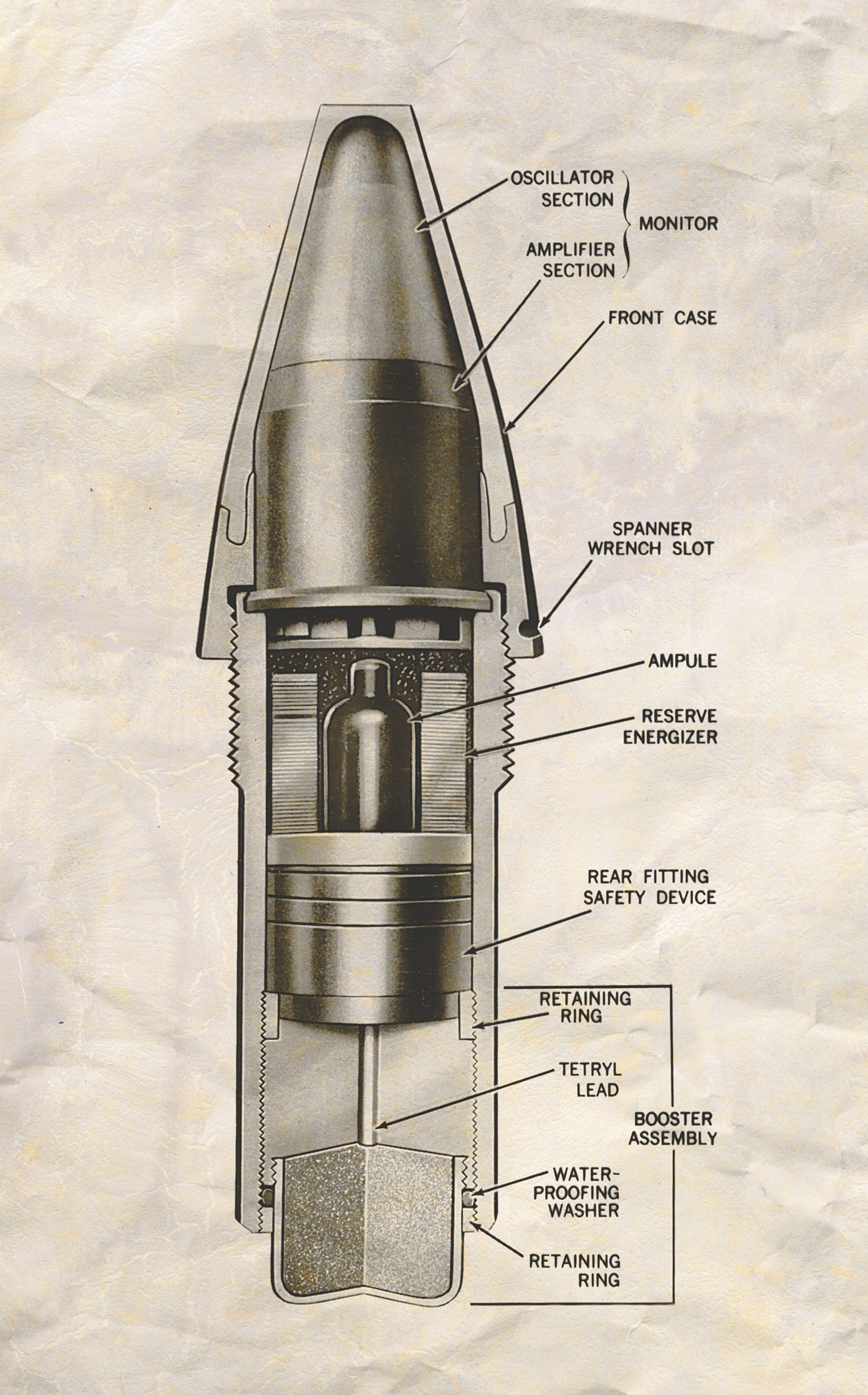
Tuve’s team, which assembled first at Carnegie and then at the new APL in nearby Silver Spring, Md., assessed the options and settled on devising a radarlike radio device. But how to make one small enough? At the time there was no such thing as solid-state electronic circuitry. Radios utilized bulbous glass vacuum tubes. While miniature vacuum tubes were used in hearing aids, they were in no way suitable for use in artillery shells.
Thus the development of miniature glass vacuum tubes that could withstand being shot from a gun became a top priority of physicist James Van Allen (who later discovered the planetary radiation belts that bear his name). That took nearly a year of research, experimentation and field testing using a series of powerful guns and explosives.
Meanwhile, APL researchers were refining the transceiver circuitry originally devised by the British scientists, and the National Carbon Co. was developing a workable power supply. (A pioneer manufacturer of dry cell batteries, National Carbon morphed into Union Carbide and Energizer, among other spin-offs.) Refinements of other electronic components and devices continued through the summer and fall of 1941, as such tech companies as Sylvania and the Radio Corp. of America (RCA) got involved.
The wartime urgency felt by those working on the fuze project was starkly expressed in a series of dictates posted on the laboratory walls by Tuve, Section T’s no-nonsense and highly motivated chief:
I don’t want any damn fool in this laboratory to save money. I only want him to save time.
Shoot at an 80 percent job; we can’t afford perfection.
Don’t try for an “A”; in a war “D” is necessary and enough, but an “F” is fatal.
The best job in the world is a total failure if it is too late.
Our moral responsibility goes all the way to the final battle use of this unit; its failure there is our failure, regardless of who is technically responsible for the causes of failure. It is our job to achieve the end result.
The fuze ultimately developed by Section T and its cooperating organizations employed a miniature radio transmitter and receiver with an amplifier. It included a thyratron trigger, a gas-filled tube that functioned like an electronic switch. It also employed battery-powered safety gear to prevent an accidental detonation. Once the projectile was underway, the transmitter sent out a continuous radio signal that bounced back from the moving target—similar to the way radar operates. The receiver detected the return signal, which increased in intensity the closer the shell approached its target. Once the signal level passed a certain threshold, it activated the thyratron trigger, releasing an electrical charge stored in a capacitor. That charge tripped an electrical detonator that in turn set off the main explosive, which in 5-inch AA shells was ammonium picrate, known to ordnance experts as “Explosive D.”
One of the first tests of the configuration of tiny electronic components and dry cell batteries came on Jan. 29, 1942, when researchers had them installed in 5-inch projectiles and fired from a standard AA gun. Fifty-two percent of the launched fuzes activated successfully. Though falling short of Tuze’s requisite 80 percent, that success rate was good enough that the Navy Bureau of Ordnance instructed the Crosley Corp. of Cincinnati, Ohio, to begin pilot mass production of the fuze. To cloak the significance of the device, the bureau vaguely named it the variable time fuze.
The following month National Carbon developed an improved wet cell battery. The size and shape of a fountain pen, it offered more stability and a longer shelf life by separating out the electrolyte fluid in a glass ampule. The shock of a muzzle blast would break the glass and release the electrolyte, which under the centrifugal force of the rotating projectile would flow out to stacked carbon and zinc plates, thus activating the battery––an ingenious solution. Tuze’s researchers worked tirelessly on ways to refine the fuze. To ensure a kill, it had to detonate the moment the target was within the effective 70-yard blast radius of a standard 5-inch AA projectile.
By the summer of 1942 Tuve and his team were ready to test the VT fuze under simulated combat conditions. On August 12 the newly commissioned light cruiser USS Cleveland, then on its shakedown cruise in the Chesapeake Bay, began a scheduled two-day live-fire evaluation of the new fuze. The targets were three drones—small aircraft under remote radio-control––all of which gunners brought down on the first day with just four bursts of proximity-fuzed AA and despite evasive maneuvering by the controllers. The Navy cancelled the remainder of the test and immediately started Crosley, RCA, Eastman Kodak, General Electric and McQuay-Norris on mass production of the VT fuze using the miniaturized glass vacuum tubes from Sylvania. Production was slow at first—by year’s end the companies were assembling just 500 units per day. By late 1943, however, the rate had risen to about 40,000 units daily, and by war’s end production had reached 70,000 units per day.
Developmental engineers continued to adapt the fuzes for use in varying calibers of American and British AA guns, as well as other naval guns. They also modified fuzes for installation in aerial bombs and field artillery pieces. In practice that meant producing eight different fuzes for the U.S. Navy, 12 for the U.S. Army, four for the Royal Navy and six for the British army. As the proximity fuze proved itself in combat, demand grew. Eventually, some 70 versions of the device were in production, an undertaking that required continual testing, modification and assembly line changes.
The United States and Britain went to great lengths to ensure no examples fell into enemy hands. To that end the device was initially restricted for deployment to naval forces, largely ensuring enemy forces could not retrieve dud shells to examine and copy for use against the Allies.
In 1943 VT-fuzed AA fire was credited with more than half of all Japanese aircraft downed
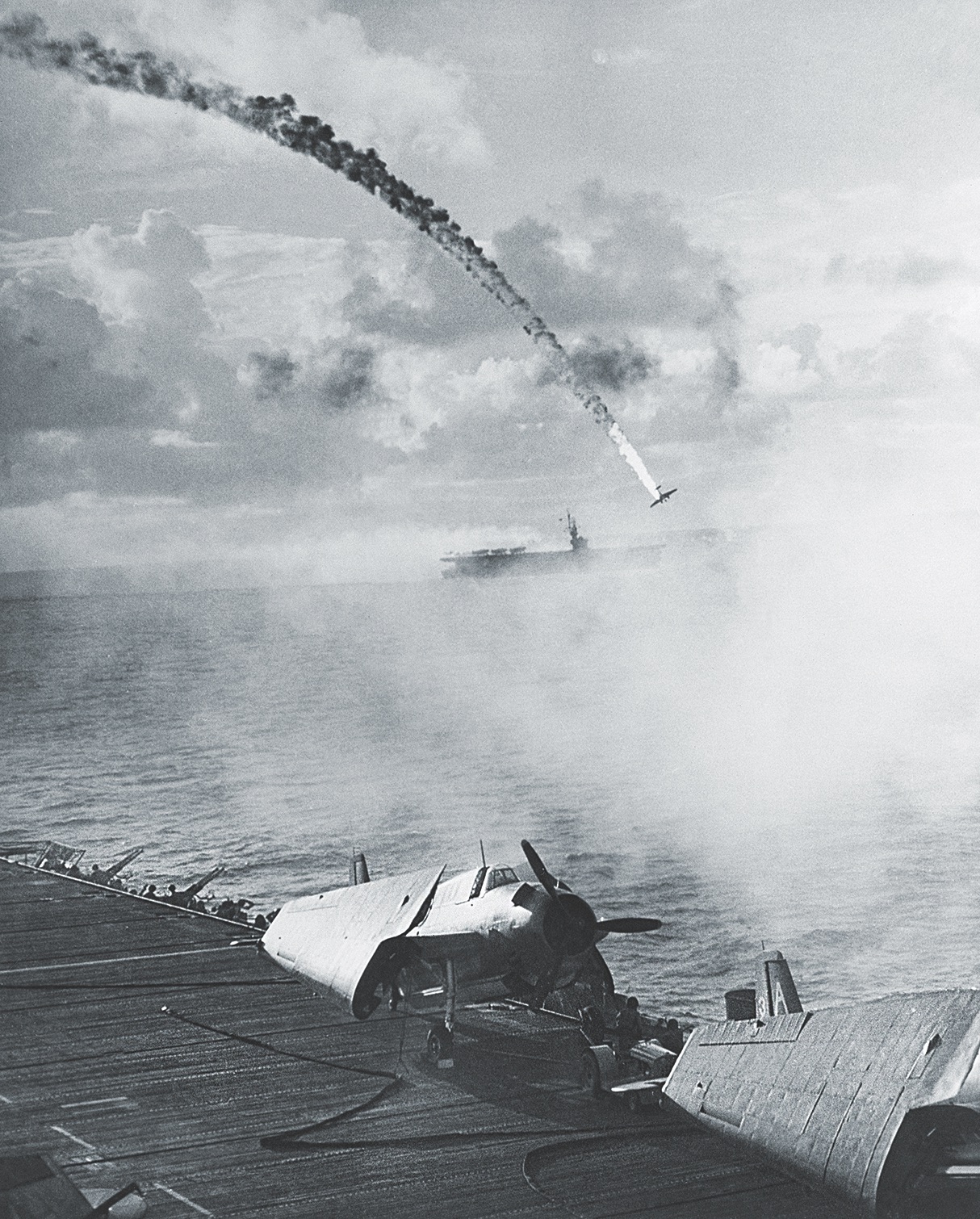
Early in 1943 during the Solomon Islands campaign, the proximity fuze made its presence felt when Adm. William F. “Bull” Halsey’s task forces came under repeated night attack by torpedo-laden Mitsubishi G4M (Allied reporting name “Betty”) twin-engine bombers. As Samuel Eliot Morison writes in his History of United States Naval Operations in World War II, “The attackers did not escape with whole hides; smoking fuselages and bright surface bonfires attested the accuracy of anti-aircraft batteries and the efficiency of the super-secret Mark-32 shell fuze, which here had one of its first combat tests.” Morison describes the aftermath of a similar Japanese raid that February, a night attack by a dozen Bettys: “The night flickered with muzzle flashes, tracers, flares, float lights and the flaming pyramids of splashing ‘Bettys.’” Five of the attackers were downed and a convoy saved by “excellent anti-aircraft formation, in conjunction with fire-control radar and the deadly proximity fuze.” That year proximity-fuzed AA fire was credited with more than half of all Japanese aircraft downed by naval gunfire, though only 25 percent of the shells fired had been fitted with VT fuzes.
Use of the new fuze in the Navy’s 5-inch AA guns expanded across the Pacific during the final two years of the war. Some naval historians believe the Japanese resorted to kamikaze attacks by inexperienced airmen in part due to dire losses of seasoned aircrew to American AA fire—not that the kamikazes were immune to VT-fuzed shells. Consider the following account of a 90-minute suicide attack against the U.S. destroyers Hadley and Evans and four landing craft supply ships on May 11, 1945, during the Battle of Okinawa, as recounted in the wartime Bureau of Naval Personnel bulletin All Hands:
The fighter director tally later revealed that the little group of ships and planes had to oppose a total of 156 enemy planes.…At the end of the first half-hour the Evans had been hit four times by suicide planes, each ablaze from the AA fire. The Hadley had knocked down a dozen enemy planes, and the Evans had accounted for 23 before she had to retire from the fight.…“Indispensable” was the verdict on the role played by VT-fuzed ammunition in this action.
Though proximity fuzes were available for many applications, the embargo on their land use persisted until the summer of 1944 when Germany launched terror bombing attacks against London using V-1 flying bombs. Not aimed at specific targets, the jet-propelled missiles inflicted tens of thousands of civilian casualties and caused widespread damage. Launched from sites across the English Channel and approaching speeds of 400 mph, the pilotless missiles were hard to spot and even harder to hit.
The British scrambled to thwart the “buzz bombs” with cable-dangling barrage balloons, massed AA fire and even daring interceptions by RAF fighter pilots.
Amid the terror campaign Section T began modifying proximity fuzes to target the small, fast V-1s. The special fuzes were installed in British 3.7-inch AA ammunition and U.S. 90 mm AA shells. In mid-July the Allies rushed some 500 of the guns to installations along the channel, where their fire would not endanger RAF fighter planes. During the last four weeks of the 80-day campaign the results were dramatic.
The Allied coastal batteries destroyed 24 percent of all V-1s engaged in the first week, 46 percent in the second week, 67 percent in the third week and a whopping 79 percent in the last week, as noted in The Deadly Fuze, by Ralph Belknap Baldwin, a senior APL physicist and one of the fuze developers.
“The last day in which a large quantity of V-1s were launched against England,” Baldwin recalls, “104 were detected by early warning radar, but only four reached London.”
In ground combat proximity-fuzed shells took a fearful toll on men and machines
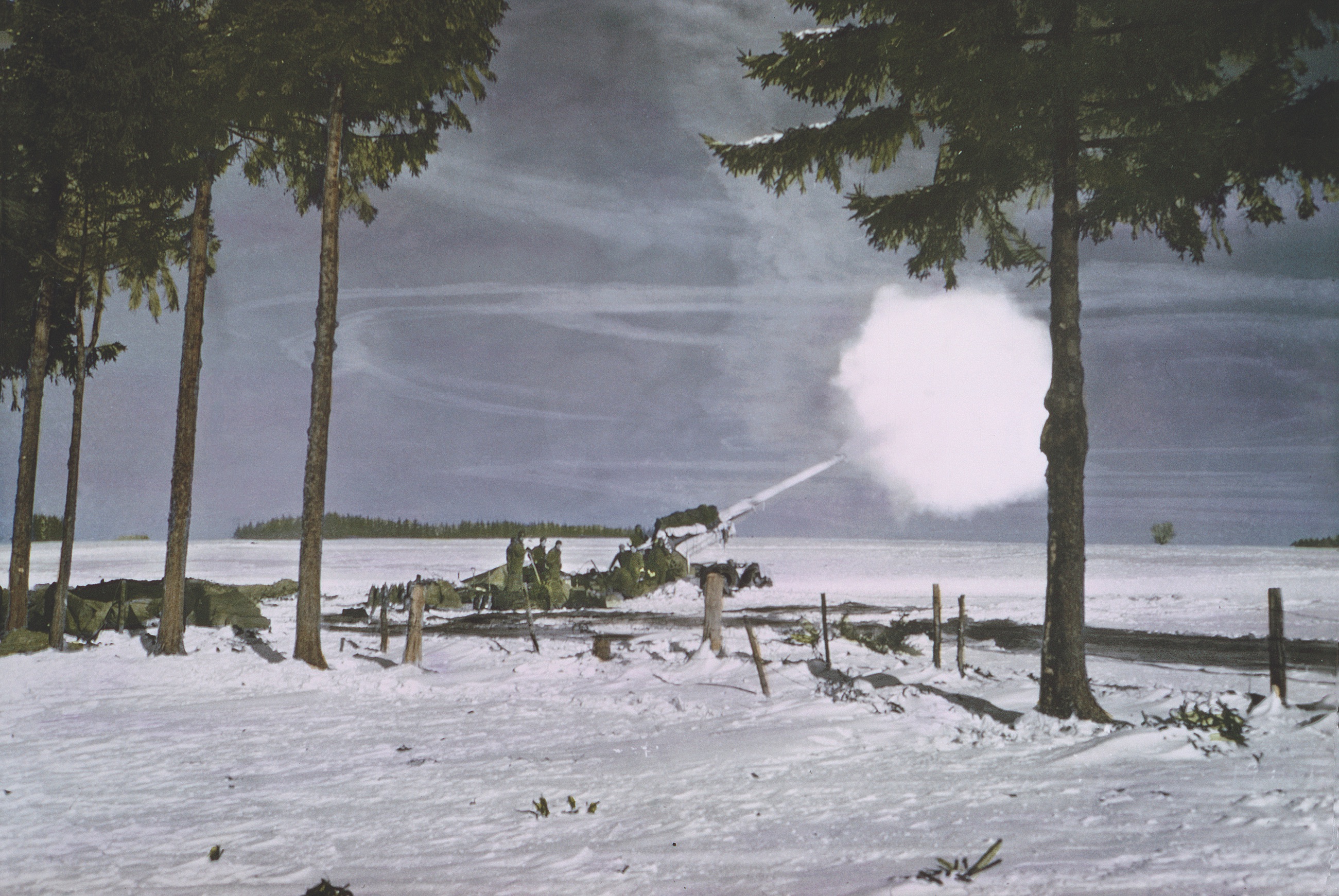
The proximity fuze demonstrated its value in two additional deployments during the final stage of the war in Europe.
The late 1944 Allied battle for control of Antwerp highlighted the Belgian port’s key role in supplying the overland advance into Germany. The British 11th Armored Division captured the port on September 4. Over the next five months the Germans countered with round-the-clock launches of some 2,500 V-1 flying bombs and V-2 ballistic missiles aimed at destroying the vital port. When the Germans adjusted the V-1s to fly as low as 1,200 feet (making interception vastly more difficult), APL physicists quickly designed a modified fuze for 3.7 and 90 mm AA shells to counter the threat.
The devices were rushed into production at the Crosley factory, and British Prime Minister Winston Churchill authorized a special flight of Lancaster bombers to transport the fuzes from Cincinnati to Antwerp. The move paid off when 48 of the first 75 V-1s facing a single AA battalion in Antwerp were destroyed. With the aerial attacks largely thwarted, the great supply port remained open without interruption for the duration of the war.
On Dec. 16, 1944, Germany launched the Battle of the Bulge, its last major offensive on the Western Front. By then proximity fuzes had been developed and tested for all calibers of U.S. artillery, and large supplies had been shipped to the European Theater of Operations (ETO).
The embargo on the use of land-based proximity-fuzed shells, for both AA and field artillery, was lifted within two days of the initial attacks—which included last-ditch concentrated aerial assaults by the Luftwaffe. The effect on the enemy was immediate and overwhelming. From then until the Allies crossed the Rhine into Germany, proximity-fuzed Allied AA fire brought down more than 1,000 enemy aircraft.
In ground combat proximity-fuzed artillery shells, specially calibrated for airburst detonation 30 to 50 feet above ground, took a fearful toll on men and machines below. Moreover, parallel advances in fire-control radar enabled artillerymen to destroy unseen targets on the reverse slopes of hills and beneath the forest canopy by day or night. A chief ordnance officer in the ETO reported on one German patrol in the Hürtgen Forest hit by a massed artillery barrage; the 96 bodies looked as if they’d “gone through a meat grinder.”
As the artillery was high velocity, the targeted German soldiers could not hear shells until they burst overhead. Foxholes provided no protection, and the shrapnel even penetrated log-reinforced bunkers. POW interviews often described enemy soldiers emerging from the barrages in a “dazed” state. They realized they were facing a new kind of artillery but could understand neither how it worked nor how to evade it.
In the wake of the campaign Lt. Gen. George S. Patton wrote to Maj. Gen. Levin H. Campbell Jr., the chief of Army Ordnance, about the devastating effects of proximity-fuzed artillery. “The funny fuze won the Battle of the Bulge for us,” Patton remarked. “I am glad that you all thought of it first.” MH
Michael W. Robbins is a former editor of Military History and MHQ. For further reading he recommends The Deadly Fuze, by Ralph B. Baldwin; New Weapons for Air Warfare, edited by Joseph C. Boyce; and The Guns at Last Light, by Rick Atkinson.
This article appeared in the September 2020 issue of Military History magazine. For more stories, subscribe here and visit us on Facebook:

